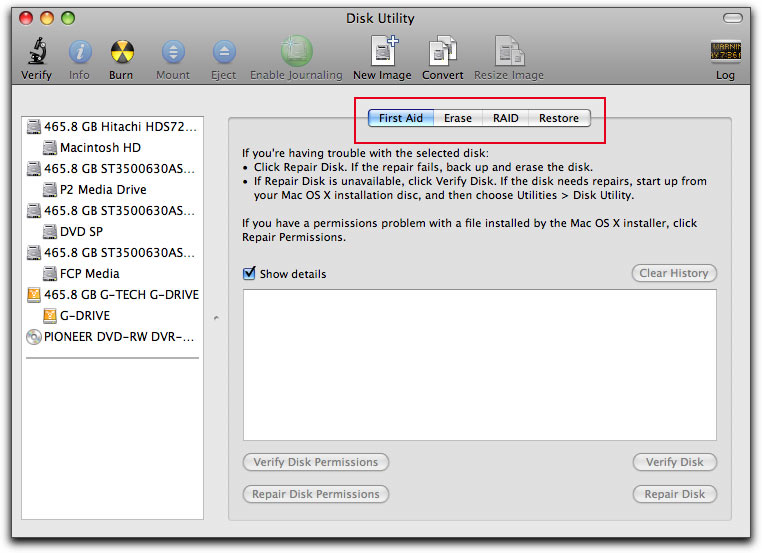
- HOW TO PARTITION A MACBOOK PRO
- HOW TO PARTITION A MACBOOK MAC
- HOW TO PARTITION A MACBOOK WINDOWS
It’s optimized for Flash and SSD storage but can also be used with older systems featuring hard disc drives and external, direct-attached storage.

Apple File System (APFS) – This file system from Apple is the default system for computers using macOS 10.13 or later.On Macs, there are three supported file system formats for an up-to-date macOS. Partitions are organized according to their file system format. Then select the format, name your partition or volume, and click Apply. You can also type in the storage space in the field to the right. You can then drag the slider in the pie chart to set your size. Click the + sign to add a partition or volume.Select the disk and volume you’d like to partition and click Partition.Head to Disk Utility by locating it in Finder > Applications > Utilities (or save yourself some time and search Spotlight via the menu bar or Command + Space).To add partitions or volumes to your Mac: The process may vary a bit for other versions. It’s partly why Apple recommends creating volumes rather than partitions.ĭisk Utility makes it incredibly easy to create partitions and volumes on your Mac. As such, volumes can expand or shrink between themselves to accommodate your needs. While a partition’s storage is set in stone, a volume’s is flexible.
HOW TO PARTITION A MACBOOK MAC
Today.💡 If your Mac uses APFS (more on that in a bit), you can create a volume instead of a partition to combat that space problem.
HOW TO PARTITION A MACBOOK PRO
Press Command-R during startup to start your Mac from the Recovery System.įor 2018 / 2019 Macbook Pro with the Secure Boot T2 Chip, see the 2018 Macbook Pro Boot from USB instructions.Ī fully encrypted computer with anonymous browsing, ready to use.
Depending on the Mac you are using and the version of OS X that is installed, the Recovery System volume (Recovery HD) might not show up in Startup Manager. If the volume contains OS X, start your computer from OS X Recovery and use Disk Utility to repair the volume, or reinstall OS X on the volume using the Recovery System. If you’ve installed an operating system on a drive but it isn’t listed, the volume you’re trying to start from might need repair. Volumes that don’t contain a valid operating system aren’t listed in Startup Disk or Startup Manager. HOW TO PARTITION A MACBOOK WINDOWS
Make sure you’ve installed an operating system, like OS X or Windows on the drive you’re trying to start from. If you’re using an external drive, make sure it’s connected and turned on. If you don’t see the volume you want to start your computer from, check the following: Hold down the Command and R keys on your keyboard until you see the Apple logo appear onscreen. To start your Mac from the Recovery System, use these steps: You can also start your Mac from OS X Recovery or Internet Recovery if your Mac was manufactured after 2011. From the menu that appears, choose Restart in OS X. In Windows, click the Boot Camp icon in the system tray. If you have started up your Mac in Windows using Boot Camp, you can use the Boot Camp system tray to switch your startup disk default back to OS X. Startup Manager automatically adds bootable volumes as you connect them. You can also attach FireWire or USB external hard drives that contain an operating system to add to the list of startup volumes. If you have an optical drive connected to your computer, you can insert an installation disc to see it in Startup Manager. Double-click or press the Return key to start up your Mac from the volume you selected. Use your mouse or trackpad, or left and right arrow keys to select the volume you want to use. If you don’t see the volume you want to use, wait a few moments for Startup Manager to finish scanning connected drives. After a few seconds, the Startup Manager appears. Immediately press and hold the Option key. Use these steps to choose a startup disk with Startup Manager: Startup Manager allows you to pick a volume to start from while the computer is starting up. 
Temporarily change your startup disk with Startup Manager The next time you start up or restart your computer, your Mac starts up using the operating system on the selected volume.
Select your startup disk from the list of available volumes. Click the Startup Disk icon in System Preferences, or choose View > Startup Disk. From the Apple menu choose System Preferences. Set the default startup disk You can change the startup disk your Mac automatically uses from System Preferences.






 0 kommentar(er)
0 kommentar(er)
